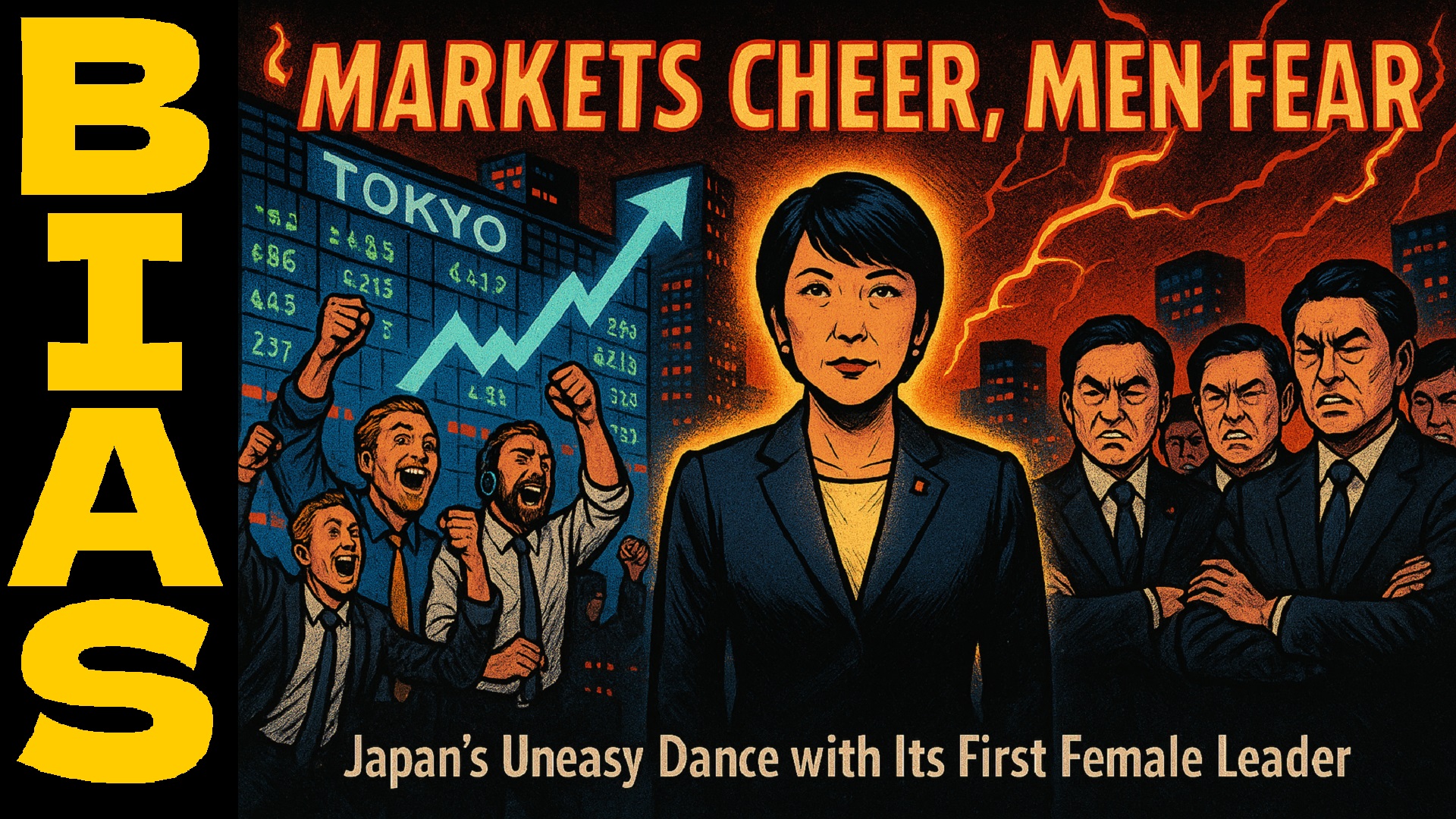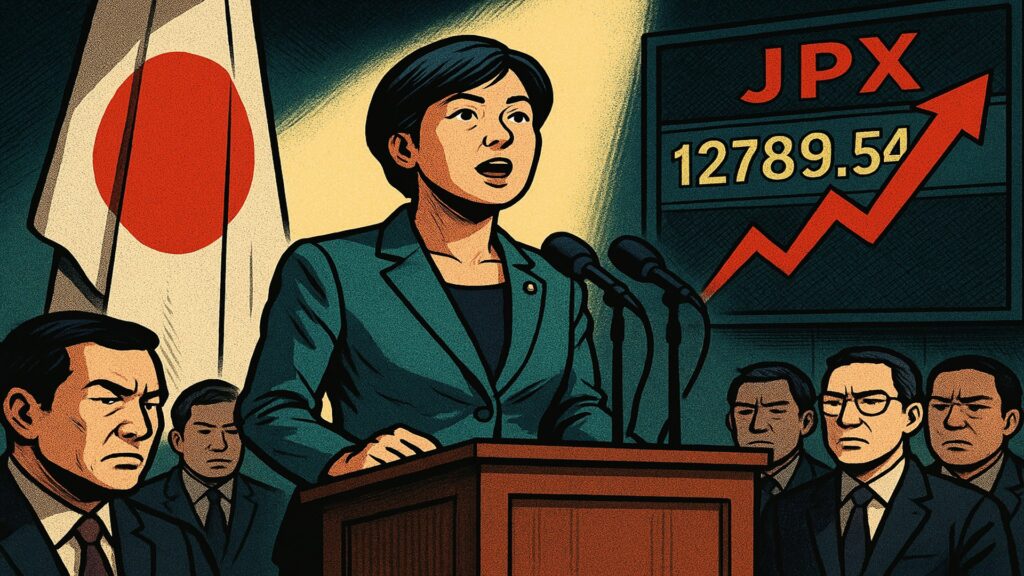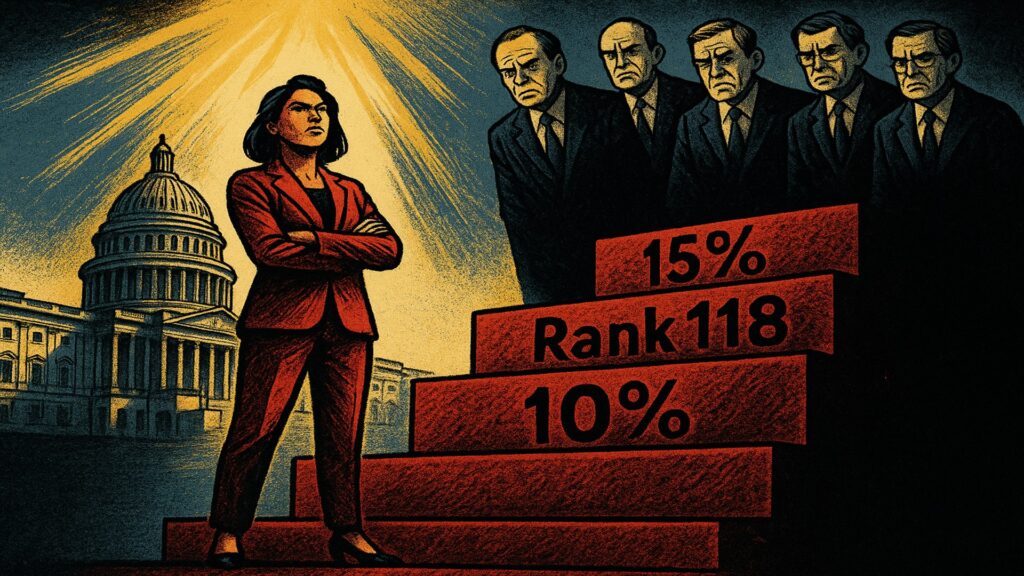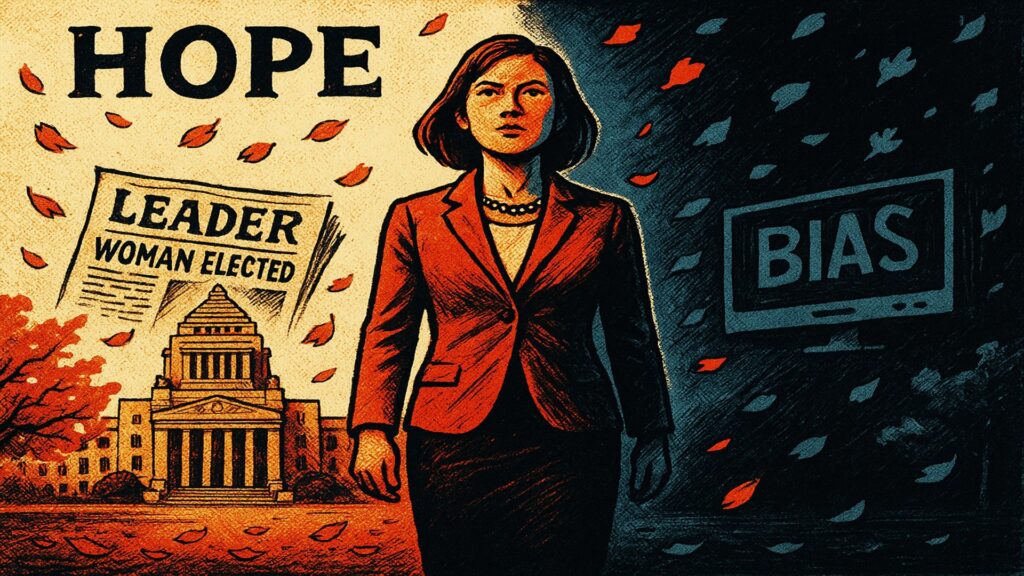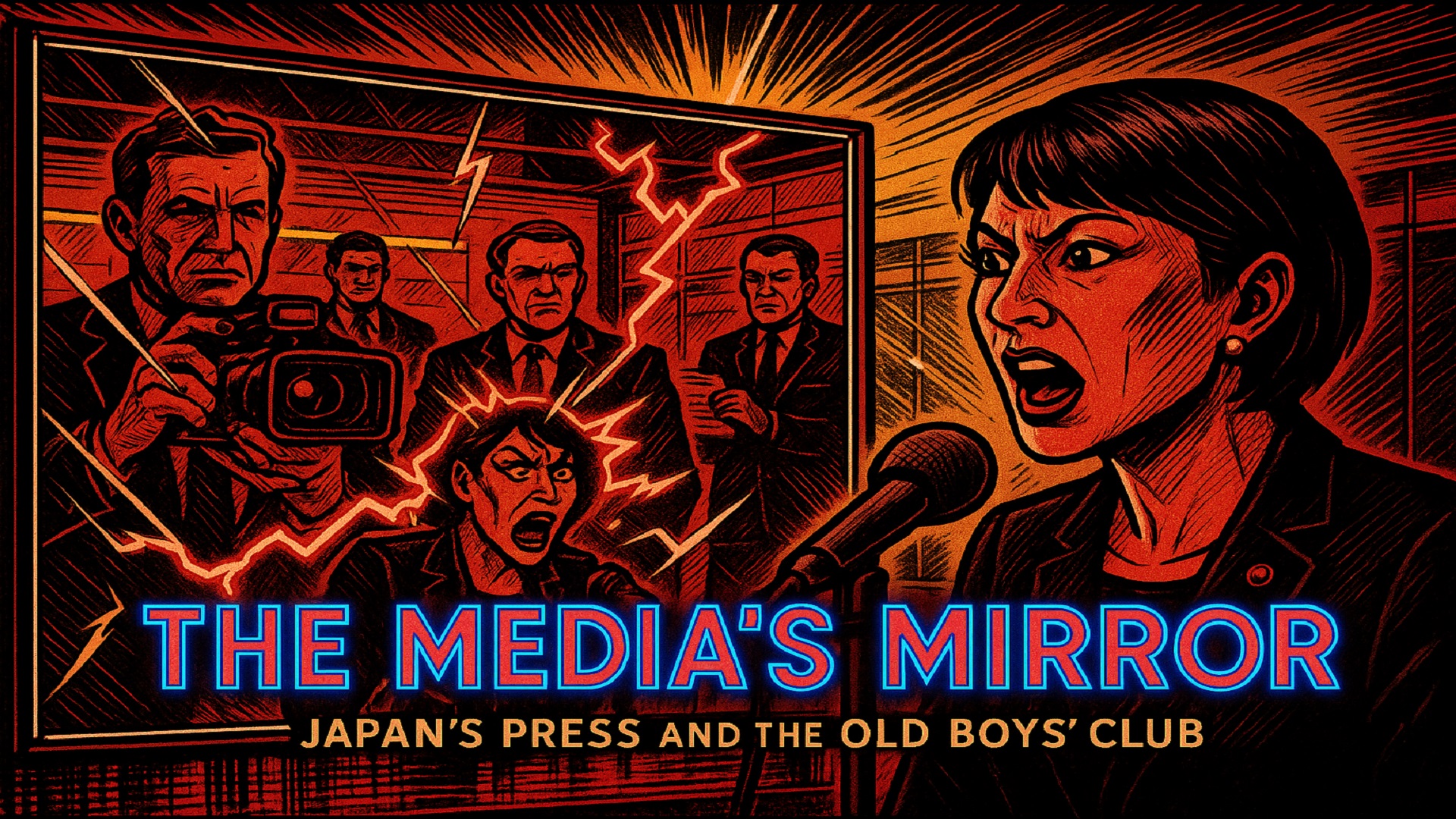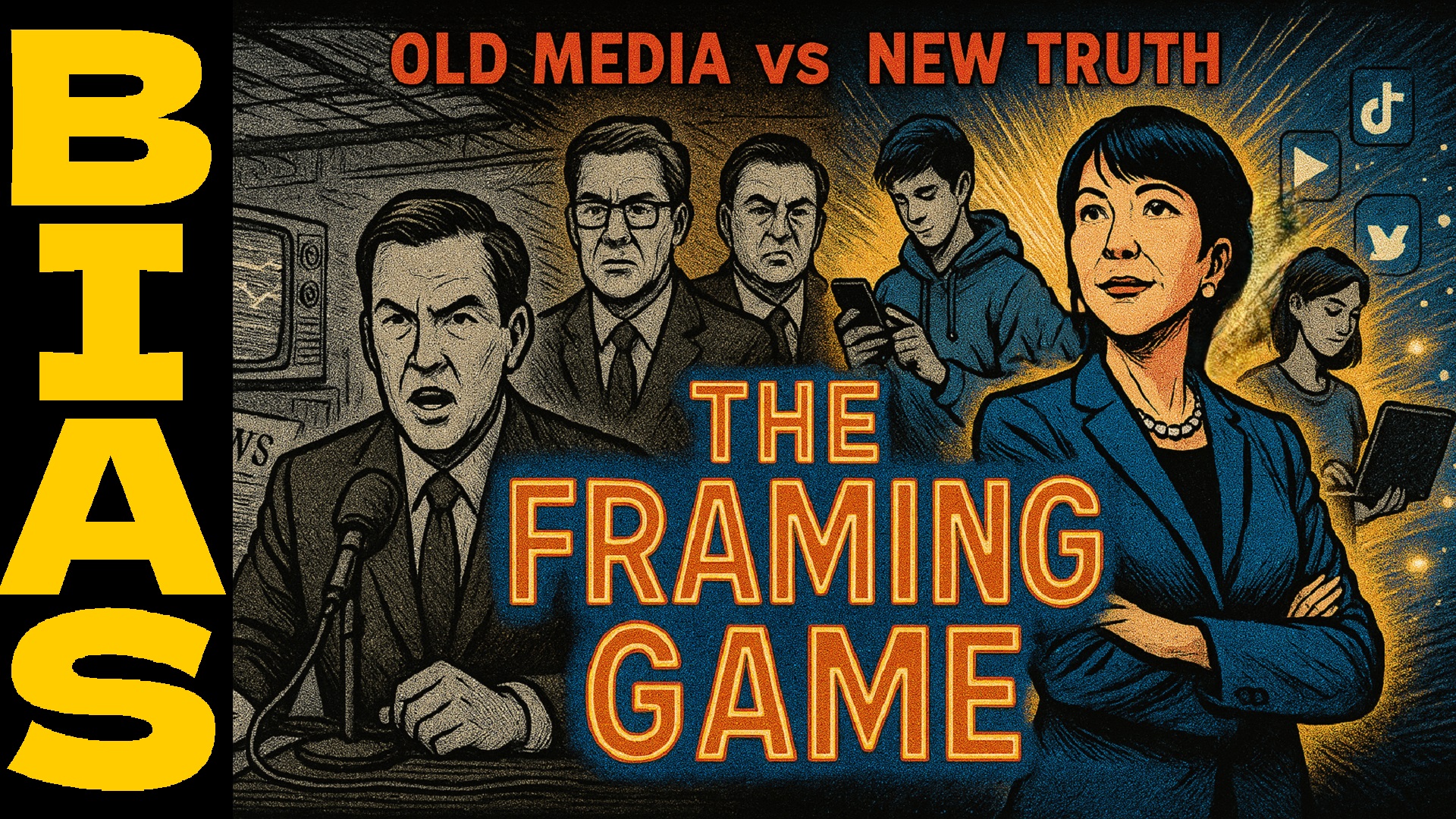When Sanae Takaichi won the LDP leadership in October 2025, Japan stood at the edge of history: its first female prime minister was about to take office. Global markets applauded, the yen stabilized, and investors saw continuity with the pro‑growth, security‑minded policies of Shinzo Abe. Yet, at home, the reaction was icy. The same media that had long demanded a “female leader” suddenly discovered reasons to dislike one—because she was conservative.
In a twist of irony, Japan’s self‑proclaimed “liberal” elites, joined by progressive pundits and opposition figures, began doing what they had accused conservatives of for decades: bullying a woman for her beliefs.
🙃The Irony of Inclusion
For years, mainstream outlets like NHK and Asahi Shimbun lamented the absence of women in Japan’s power structure. But once a woman finally rose—one who championed traditional values and national defense—they turned skeptical. The coverage shifted from “historic breakthrough” to “dangerous nationalism.”
Takaichi wasn’t criticized for incompetence; she was targeted for conviction. The message was clear: a woman is welcome in power, but only if she repeats the liberal script. Japan’s political glass ceiling, it turns out, has an ideological lock.
📺The Media’s Double Standard
Television talk shows replayed her speeches with mocking commentary. Her patriotism was called “provocative,” her loyalty to Abe “problematic.” Meanwhile, male politicians espousing similar policies were described as “experienced” or “principled.”
When a conservative woman speaks firmly, she’s labeled “aggressive.” When a liberal man defends the same policy, he’s called “rational.” The hypocrisy was visible, audible, measurable. Japan’s press, once proud of balance, now behaves like a gatekeeper of acceptable ideology.
🏛️The Political Pushback
Within days of her victory, Komeito withdrew from its 26‑year coalition with the LDP, citing “policy differences.” But insiders knew the real reason: discomfort with her unapologetically conservative worldview—on defense, energy, and education.
What the media framed as “policy misalignment” was, in reality, ideological discrimination. A woman prime minister who defends her country’s traditions threatened both the opposition’s narrative and the media’s monopoly on moral virtue.
🌏The Global Contrast
Abroad, Takaichi was compared to Margaret Thatcher—tough, strategic, and consistent. International investors praised her for fiscal realism and continuity. The contrast was striking: foreign markets trusted her judgment more than her own country’s media did.
The episode exposed Japan’s political paradox—its economy is globalized, but its public discourse remains provincial. The rest of the world has moved on from Cold‑War binaries; Japan’s commentariat has not.
♀️The Feminism That Isn’t
Ironically, those who claim to fight for gender equality became the most active in undermining a woman who didn’t share their ideology. Feminist commentators stayed silent as tabloids dissected her appearance and tone. Progressive politicians, eager for social approval, joined the pile‑on.
Real feminism means defending a woman’s right to think freely—not forcing her to conform. In this sense, Takaichi’s struggle isn’t just political; it’s existential. She’s fighting for the right of women to be conservative without being condemned.
🗾Lessons for Japan’s Democracy
The episode has laid bare Japan’s deeper illness: a democracy that tolerates women in power only when they are harmless. A system that applauds representation but punishes conviction.
Japan doesn’t need more symbolic firsts—it needs the courage to let leaders lead, regardless of gender or ideology. Until that happens, its democracy will remain an echo chamber where “diversity” means sameness.
💭Conclusion
The markets cheered because they saw stability. The media feared because they saw change. That irony says everything about Japan’s current crossroads: a country where the global economy is more open‑minded than its political class.
In the end, Sanae Takaichi may not just be Japan’s first female prime minister—she may be its first truly independent one. And that, for the so‑called liberals, is what’s truly terrifying.


